
I. Technical Architecture: Multi-Protocol Support and Scenario-Specific Design
1. MFP7E10 Series: Short-Range High-Density Fiber Optic Patch Cables

·Fiber Type:
Multimode fiber (MMF), adaptable to varying transmission distances.
·Speed:
40Gbps to 100Gbps for high-speed data transfer.
·Connectors:
MPO-12/APC connectors for high-density fiber systems.
·Length Options:
3m to 50m, suitable for diverse environments.
·Applications:
Switch interconnects (e.g., NVIDIA MMA4Z00-NS DR8 transceivers).
Switch-to-NIC (e.g., ConnectX-7) or DPU (e.g., BlueField-3) connections.
·Advantages:
Low latency, EMI resistance, hot-swappable, NVIDIA optics-compatible.
2. MFP7E20 Series: Multimode Splitter Cables

·Splitter Design:
4-to-2 channel splitting with 8 active fibers + 4 reinforcement fibers.
·Connectors:
MPO-12/APC angled polish (8°), minimizing signal reflection.
·Speed:
Dual-port OSFP 800Gbps to dual 400Gbps, 200Gbps per lane.
·Max Distance:
50m (MMF).
·Applications:
Short-reach data center links (e.g., OSFP switches to ConnectX-7).
HPC cluster interconnects.
·Advantages:
High density, low loss, Type-B cross-connect support.
3. MFP7E30 Series: Long-Range Single-Mode Fiber Optic Patch Cables

·Fiber Type:
OS2 single-mode fiber for extended reach.
·Connectors:
12-fiber MPO-12 APC with polarity B and low loss.
·Distance:
Up to 100m (OFNP flame-rated).
·Applications:
High-density cabinet cabling (e.g., 400G OSFP DR4/XDR4 modules).
Space-constrained data centers.
·Advantages:
Bend-resistant, durable, seamless speed upgrades (40G→400G).
4. MFP7E40 Series: Single-Mode Splitter Cables

·Splitter Design:
4-to-2 channel splitting with 8 active fibers + 4 reinforcement fibers.
·Connectors:
MPO-12/APC angled polish (7°), optimized signal integrity.
·Speed:
Dual-port OSFP 800Gbps to dual 400Gbps, 200Gbps per lane.
·Max Distance:
50m (single-mode).
·Applications:
Short-reach links (e.g., OSFP switches to BlueField-3 DPUs).
Storage-to-switch interconnects.
·Advantages:
High signal integrity, low insertion loss, Type-B cross-connect support.
II. Universal Advantages & Specifications
·Compatibility:
NVIDIA NICs (ConnectX-7), DPUs (BlueField-3), OSFP/QSFP112 transceivers.
Protocols: InfiniBand, Ethernet, NVLink.
·Durability & Safety:
Jacket: Low-smoke zero-halogen (LSZH), Telcordia GR-1435 compliant.
Connectors: Push-pull latching, dust caps, ESD protection.
Testing: Rigorously tested for plug-and-play reliability.
III. Selection Guide: Aligning with Business Needs
·Distance Priority:
Short (≤50m): MFP7E10 (MMF) or MFP7E20 (splitter MMF).
Long (50–100m): MFP7E30 (single-mode) or MFP7E40 (splitter single-mode).
·Protocol Compatibility:
InfiniBand/Ethernet hybrid: MFP7E10/MFP7E30.
NVLink HPC clusters: MFP7E20/MFP7E40 splitters.
·Density vs. Cost:
High-density racks: MFP7E20/MFP7E40 reduce cable count by 30%.
Budget-sensitive: MFP7E10 MMF offers higher ROI.
IV. Industry Value: Why Choose NVIDIA MFP7E Series?
·Protocol Ecosystem Integration:
Deep compatibility with NVIDIA Spectrum-X Ethernet, Quantum-2 InfiniBand switches, and DPUs for end-to-end low latency.
·Performance Redundancy:
Telcordia GR-1435 tested, operates at -40°C to +75°C, MTBF >500k hours.
·Green Data Centers:
LSZH jackets, RoHS compliance, and PUE optimization.
V. Future Trends: The Next Frontier
As AI model training demands escalate, the MFP7E series is future-ready:
·800Gbps Support:
MFP7E20/MFP7E40 enable dual-port 800G interconnects.
·CPO (Co-Packaged Optics) Readiness:
Designed for silicon photonics and switch integration.
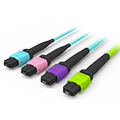
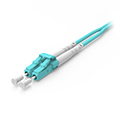
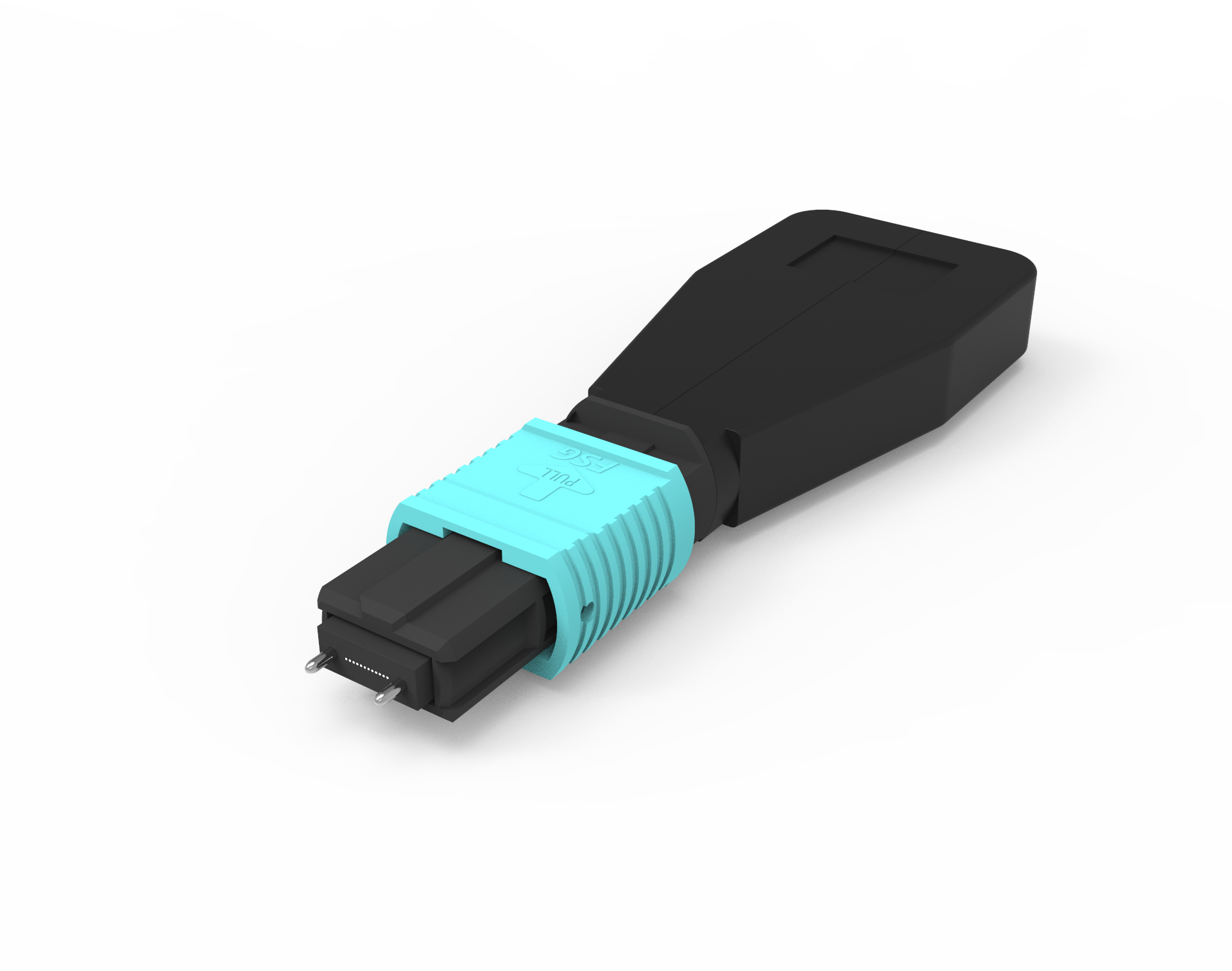
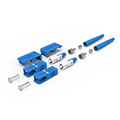
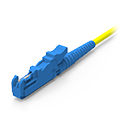
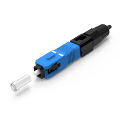
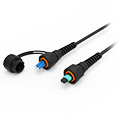
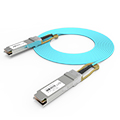
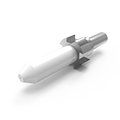
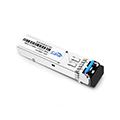
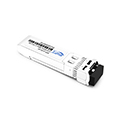
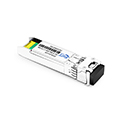
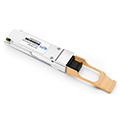
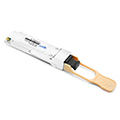

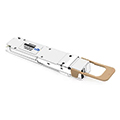
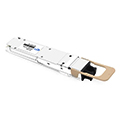
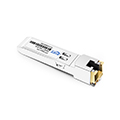
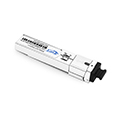
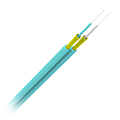
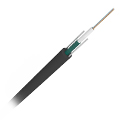
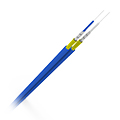
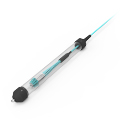
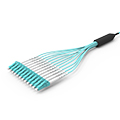

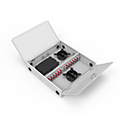
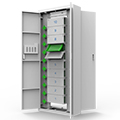
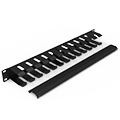
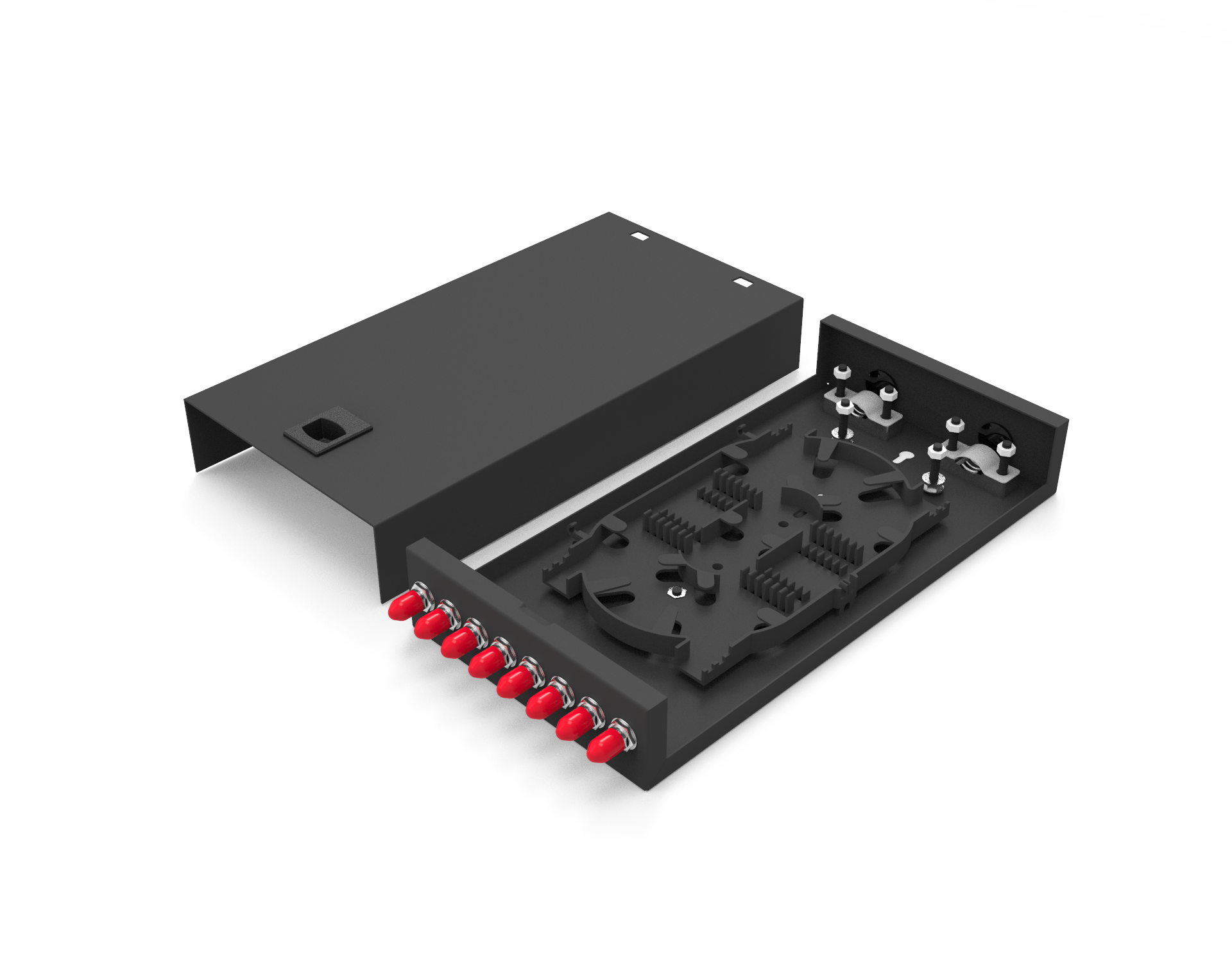
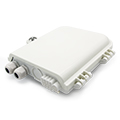
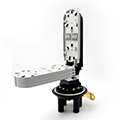
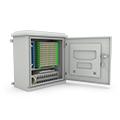
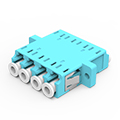
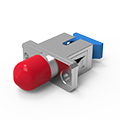
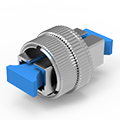
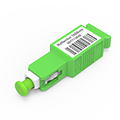
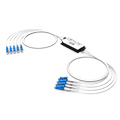
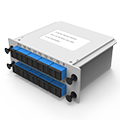
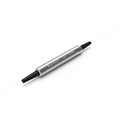
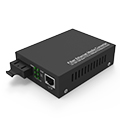
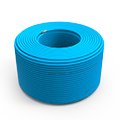
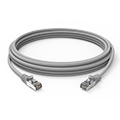
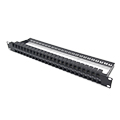
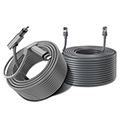
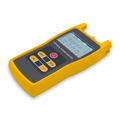
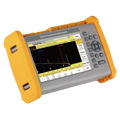
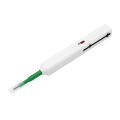
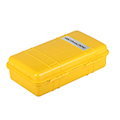
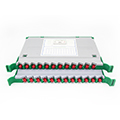
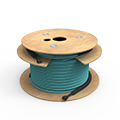



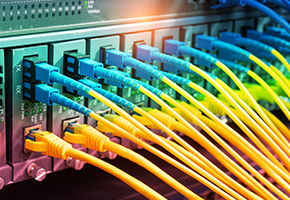
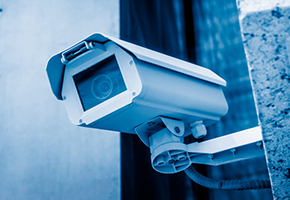













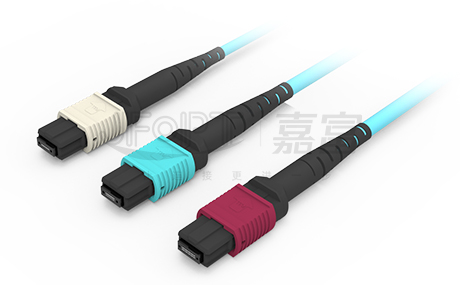
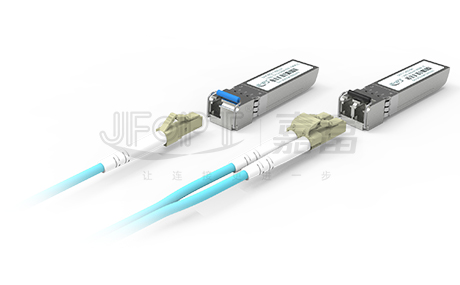
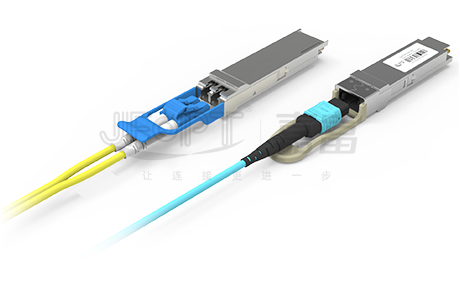
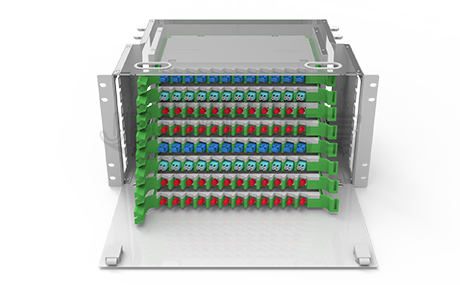
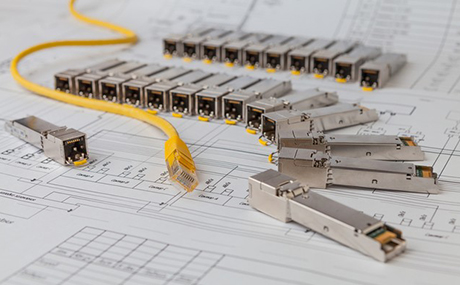

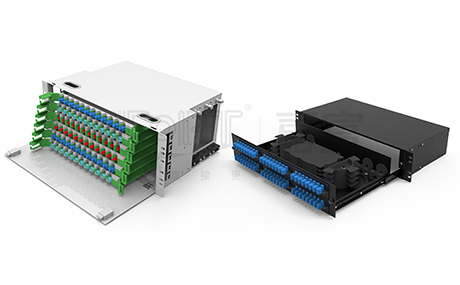
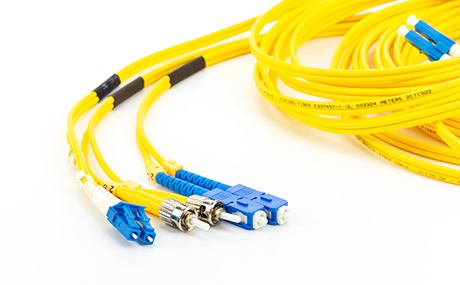
 Ann
Ann












